Children are natural scientists! Their curiosity as they discover the world around them translates naturally into thinking like a scientist. By incorporating hands-on, authentic science activities, children will problem-solve like real scientists while they build communication, collaboration, and teamwork skills…and have fun doing it!
Young children are ‘thinking like a scientist’ when they hypothesize, experiment, and observe. Here are some fun activities that will allow them to experience what it is like to be a scientist and practice these skills!
Observation
One of the basic principles of science is observation. Children love to investigate the world around them, and when they are making observations, they are learning to gather evidence, organize their ideas, and propose explanations. By challenging them to use their five senses to make observations, we are encouraging students to collect and organize information about the natural phenomena that sparks their curiosity. Using the Observing Ants activity, you can help children to observe ants in nature. Since the presence of people does not disturb ants as long as they are left alone, ants are one of the best animals for children to watch closely.
Hypothesizing
One of the basic principles of scientific investigation is hypothesizing: making predictions about what might happen based on previous knowledge or theory building. You are stating the expected outcome of an experiment or sharing an explanation about a phenomenon in the natural world. Using this Puddle Predictions activity, children will have the opportunity to predict what will happen to the ice and how specific locations can affect its melting time frame.
Experiment
One of the basic principles of scientific investigation is experimentation. An experiment is a procedure that is executed to confirm or refute a hypothesis. Experimenting with imprints captured in modeling dough or clay builds a “hands-on” understanding of the processes that help scientists discover information about plants and animals that lived many years ago. Use our Fossil Finds activity to introduce fossils to students and allow them to make a hypothesis and carry out the experiment to confirm or refute their statement. They will also learn how they, as scientists, can use fossils to learn more about plants and animals. Don’t have modeling dough or clay at home? Here is a recipe from my mom that you can make at home with limited ingredients!
Mom’s Recipe for Modeling Dough
1 cup flour
½ cup salt
2 Tbsp cream of tartar
1 cup water
Food coloring
1 Tbsp oil
Add a few drops of food coloring to the water and mix. Add oil to the water. Mix all ingredients and cook in pot or pan on low heat until solid. Take off heat & knead. Keep in a plastic bag or container. Refrigerate. It will last up to 1 month.
Providing opportunities for children to “think like a scientist” where they are continuously experimenting, tweaking, and experimenting again gives our children the foundational skills to become the engaged citizens, thoughtful leaders, and learners of tomorrow.
Naomi Hartl
Naomi Hartl graduated from the University of Saskatchewan and started teaching in her home province of Saskatchewan, Canada. She has taught a variety of subject areas including biology, mathematics, health education, physical education, home economics, and career education. In 2015, she relocated to Oregon, USA, to work with School Specialty and has worked in curriculum development and writing with the company and is now the Science and STEM Subject Matter Expert. Working with School Specialty has allowed her to pursue her dream of making a difference in the lives of teachers and students by curating solutions to create safe, equitable, and successful learning programs.
Read more by Naomi Hartl–>

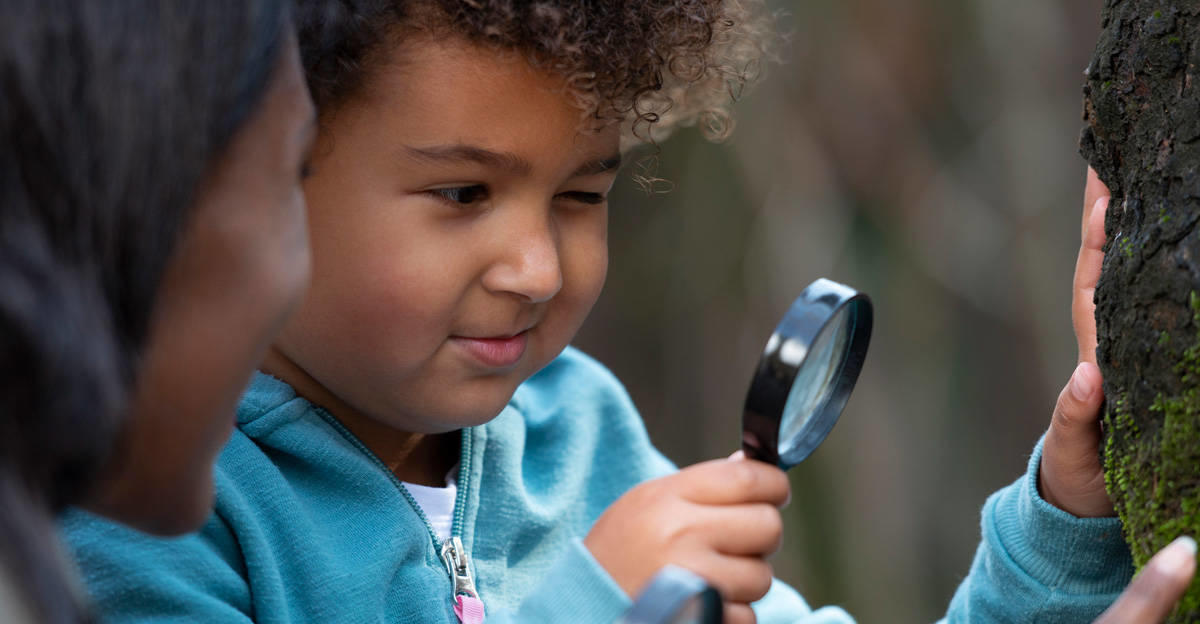
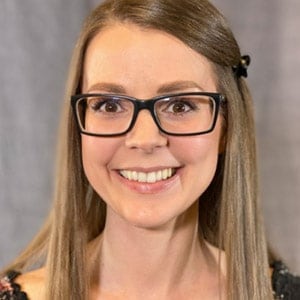
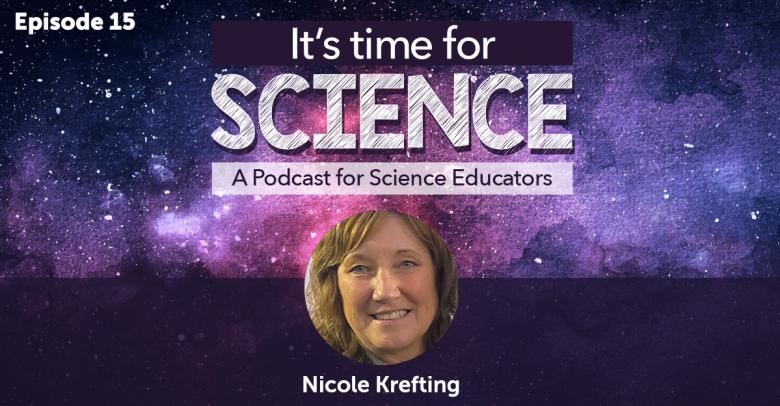
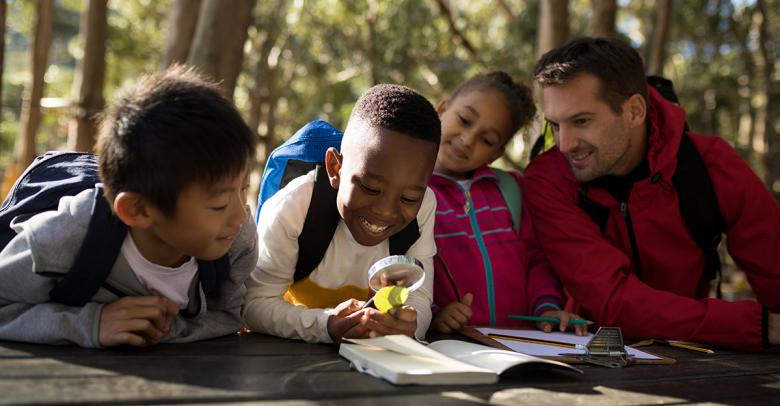
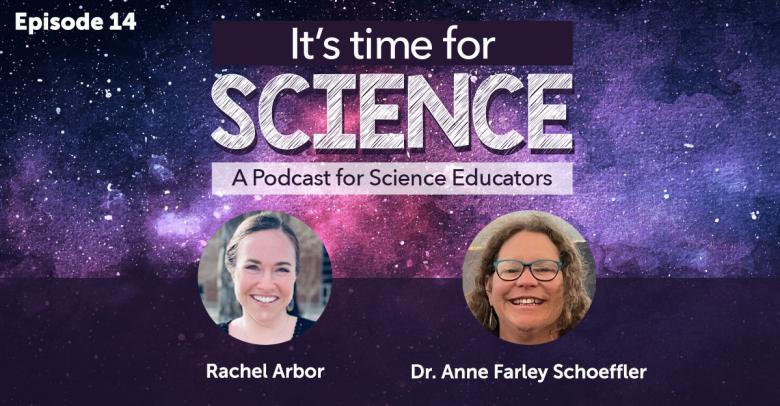
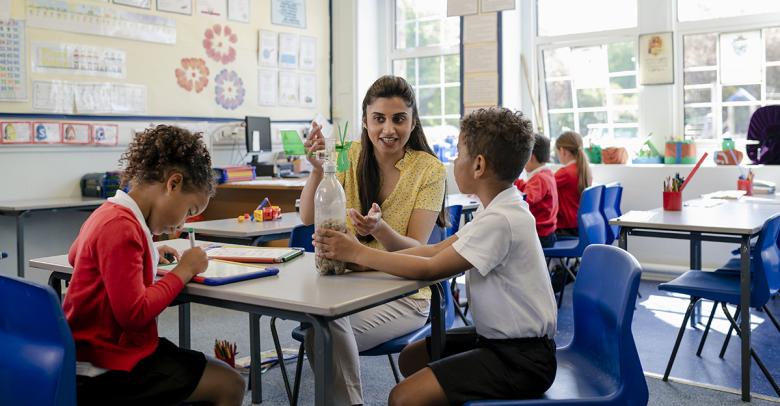
Leave a Reply